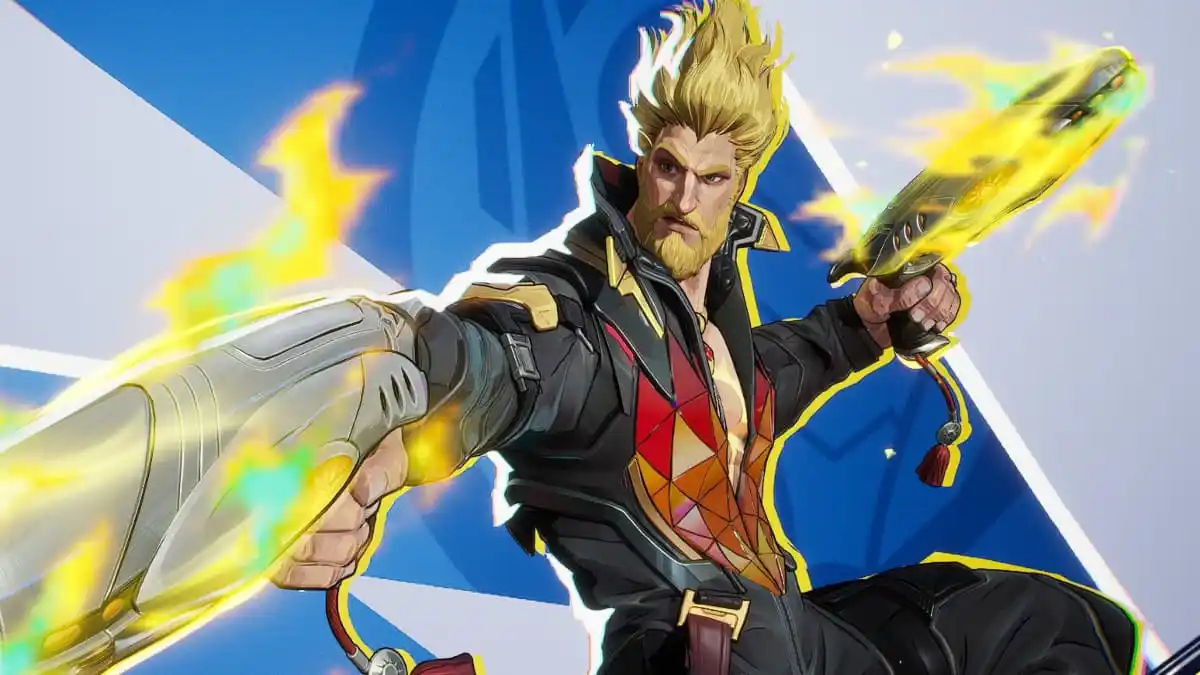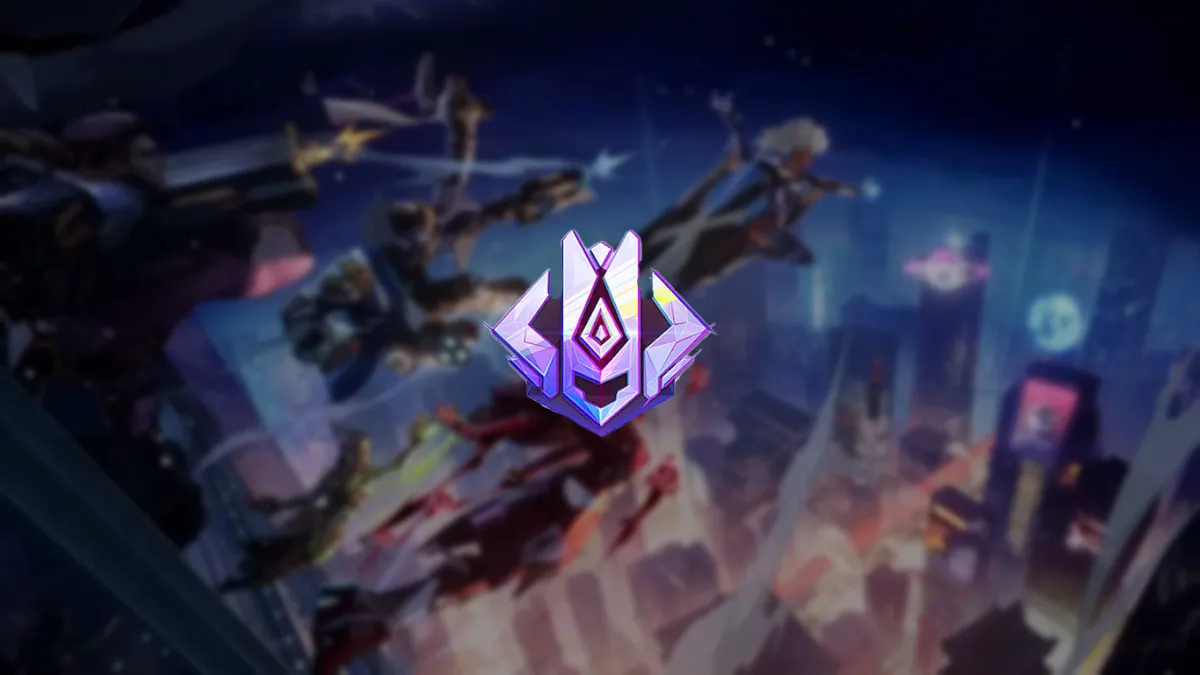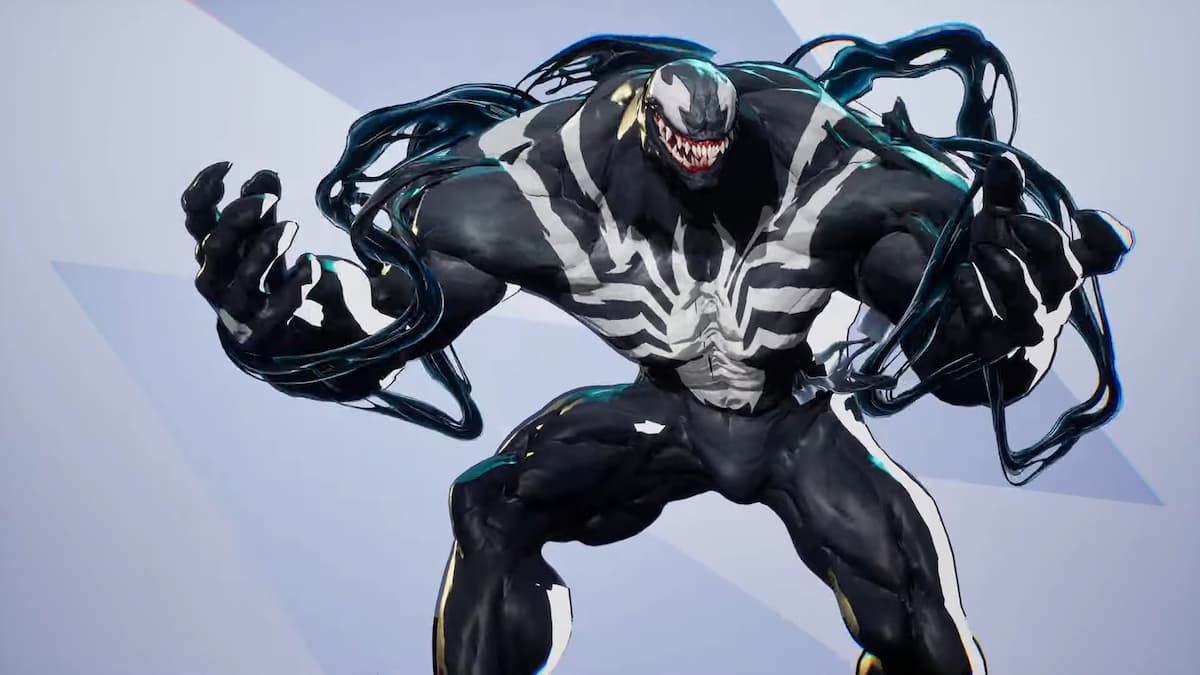North America’s rivalry with Europe in esports has existed since long before the initiation of League of Legends. However, this rivalry has recently appeared to become extremely one sided in Europe’s favor. Why is it that Europe has outperformed NA in the majority of international events within League of Legends, despite having comparable resources?
Fnatic addresses SKT after a close series at MSI
The Issue
With big organizations lining player’s pockets in North America, why has failure become an expectation on the biggest stages throughout the world? The primary issue in my opinion has developed from a phenomenon I will refer to as “Streaming Culture.” Historically, the largest esports org within North America has been the elite “Team Solo Mid” founded by Andy “Reginald” Dinh in 2009. A noticeable trend is that players and organizations tend to attempt to replicate their successful peers and thus TSM has set many standards for orgs all across America. One side effect of TSM’s success is the extreme popularity of their players. Many of these players have become popular streamers on the website Twitch.tv where they make comfortable salaries for simply playing the game in their free time. Their mid laner, TSM Bjergsen, hosts the 10th most followed Twitch stream while the other members also find themselves on the top of the charts when they elect to stream their games. Many other popular North American players have become highly viewed streamers. A noticeable oddity is that the most followed European League of Legends LCS player is Henrik “Froggen” Hansen who is in only 56th. Regardless of why so many more North American Pro Players find success streaming, whether it be due to drama, interaction, or consistency in streaming, this has caused significant issues within the work ethic of these players.
Team Solo Mid celebrates a victory
The Effects
While many believe that more streaming means players are more inclined to spend time playing solo queue and honing their skills outside of scrim time, it does not always have such a positive effect. Popular former pro players, notably imaqtpie and Voyboy stepped down from the LCS to become full time streamers. While this is a completely personal decision and is reasonable, it can not be assumed that Twitch did not negatively influence these players while they were participating in the LCS. With the comfort of having a fall back career, these players did not have the same drive that players in European organizations such as FNATIC and H2K currently have. These players were also considered role models and veterans in their respective teams, so younger players naturally noticed their attitudes and replicated them. Team Dignitas in specific was known for settling for 5th and 6th place finishes, just enough to keep their jobs but not enough to help the scene grow. Change is constantly occurring within North America, but will it be enough to allow for consistent competition with the European monsters of FNATIC, Origen, and H2K?
The Solution
The gap was not always as large as it is today. For the majority of Season 3 and Season 4, the North American power house Cloud 9 was able to go toe to toe with Fnatic and the super-team (at the time) Alliance. With the recent rapid decline of Cloud 9, however, no other North American team has been able to replicate their international success and presence. The reason why Cloud 9 could compete with Europe was not because of individual skill but rather extreme strategic genius. Europe has always been known for having more individually skilled players, but that is an article for another day (whether the reason is population of players playing, more competitive solo-queue, etc). North America has generally had an infrastructural advantage, using coaches and gaming houses far before they became popular within Europe. The American teams appear to be headed in the right direction, importing players and hiring qualified support staff. As these teams learn and grow, they should eventually be able to compete on even ground with Europe by the end of the spring split next year. We might even be in for a competitive Worlds. I’m looking forward to the future and am glad true competition now exists between the major regions.









Published: Jun 15, 2015 06:30 pm